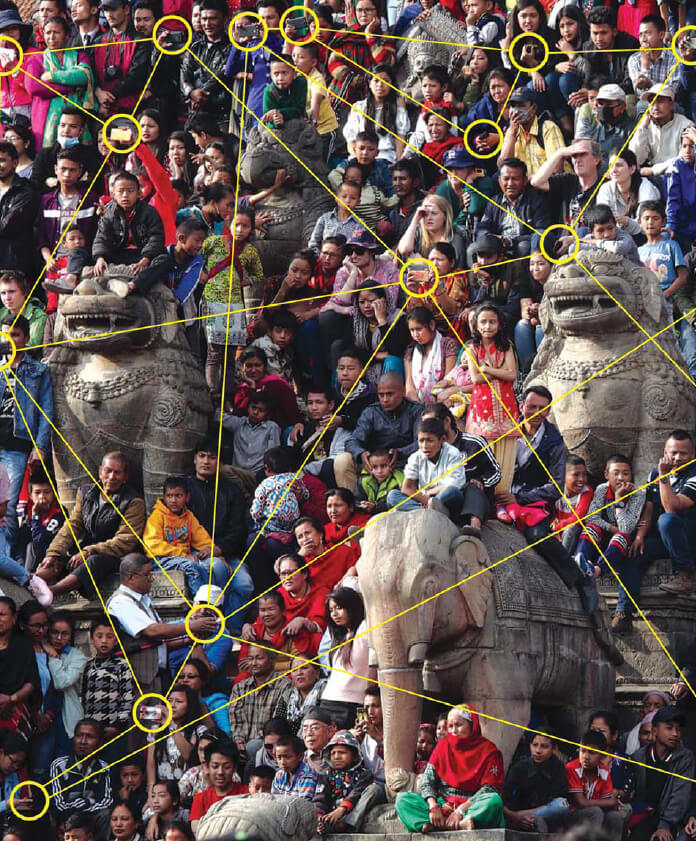Landline to online
We are beginning to see the full economic impact of connectivity in Nepal
Africa marked the end of World War I two weeks after Europe because it took that long to get out the message that the war had ended.
Months after the end of World War II, Gurkha soldiers were still in the jungles of Burma looking out for Japanese troops, unaware that a peace agreement had been signed.
When British officers asked them how they found their way back, one of them produced a road map of London. Today, they would use Google Maps.
In a recent episode of James Corden’s The Late Late Show, the CBS late night talk show had to make a real effort to explain to younger members in the audience what a 'letter', 'envelope', 'postage stamps' and 'mail boxes' were.
Indian Prime Minister Narendra Modi elaborated on his connectivity strategy in an address to Nepal’s Parliament on his first visit to Nepal in 2014 with the acronym 'HIT' standing for highways, information and transmission lines.
This week, the number of people online throughout the world crossed 3.9 billion – more than half the global population. It took 100 years for the first billion people to say 'hello' on a landline phone. In the early 1990s, the only way to get a phone line in Nepal was to pay a hefty bribe or to register a company and to get a landline.
In India, the joke in the old days was that 5% of the population had phones, and 95% was waiting for a dial tone. And across the border in India 'ISD, STD' were ubiquitous acronyms because long after Nepal’s telecommunications went digital in the 1990s, India still had analog phones under the ‘Be Indian, Buy Indian’ philosophy. Then it was cyber cafes, and now even those have been replaced by smartphones.
In Nepal, the government does not distribute free mobile phones, and there are no donor-funded projects subsidising these devices. Yet everyone, rich or poor, has a phone. On the other hand, the government with donor support has been building toilets and providing free material and training. Yet, many people are still defecating in the open.
Read also: Banking on Connectivity, Anil Chitrakar
No one runs a literacy program on how to use a smart phone, yet everyone seems to know how to use one. Connectivity is clearly more important for people than toilets. There is a willingness to pay for connectivity, but that does not seem to apply for anything else. Nepal currently has full phone coverage and 72% have access to the internet.
Now that access is less of an issue, the content and what people use connectivity for is up for debate. The Home Ministry blames the rise in rape cases across Nepal on online pornography. E-banking, e-commerce and Nepalis reaching family members across the globe on Viber or Skype are all obvious benefits. China’s next great leap forward is to skip credit cards and go straight into the mobile phone payment.
The government now wants to provide online services hoping to fight corruption by reducing human contact. People now go online to pay bills, check a recipe, find offices and meeting locations, check on the people they are about to meet, do research, find images and to show off selfies with celebrities.
You can listen to a great lecture, read archived articles in far away libraries, video chat and negotiate deals. One wonders how the world even functioned when we were not online. The earthquake of 2015 taught Nepalis to make a shift from a downloading society to an uploading one. We simply do not upload enough, but things are changing due to the social media and the trend of sharing images online.
It will be interesting to analyse the data to see how many photos will be uploaded in this week’s weddings. And the results will probably show that just like the global digital divide is narrowing due to mobile connectivity, so is the digital divide within Nepal.
Read also: Nepal's changing media landscape
Anil Chitrakar is President of Siddharthinc

writer




